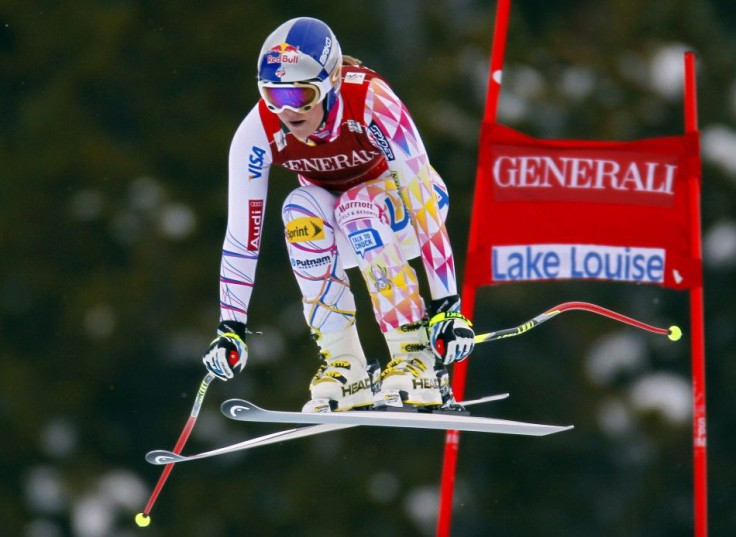Alpine Skiing: What's The Difference Between Slalom, Super-G, Giant Slalom, Downhill?

The Winter Olympics only come around every four years and during that time sports that most of the country usually doesn’t pay attention to are suddenly front and center for a few weeks. Sometimes a quick reminder of what each sport in the Olympic Games entails is necessary to totally understand what’s happening during primetime coverage.
Alpine skiing is a popular event in which Team USA has 24 athletes competing these games. The umbrella of alpine skiing includes several downhill racing events, those events are the downhill, super-G, slalom, giant slalom and the combined event.
What’s the difference between the super-G and the giant slalom, regular slalom and downhill?
The slalom race is the shortest race in length and also incorporates the quickest and tightest turns of all of the racing events. For this race, the skiers each take two runs down two different slalom courses, according to the International Ski Federation.
The giant slalom has fewer turns than the slalom does and the course runs a bit wider with more lengthy turns. This race has the same two-run rule, and for both the giant slalom and the slalom the times of both runs on the two courses are added and the racer with the fastest time wins.
Super-G actually means “super-giant slalom.” This event is a combination of the tight turns necessary for the slalom and the high speed of downhill. The skiers do this run once and the one who does it the fastest wins.
The downhill is the longest course in all of alpine skiing and has the fastest speeds.
What races are included in the combined event?
The combined event includes one downhill race and one slalom run, the times from those two races are then combined and the person with the fastest time is the winner.

© Copyright IBTimes 2024. All rights reserved.





















